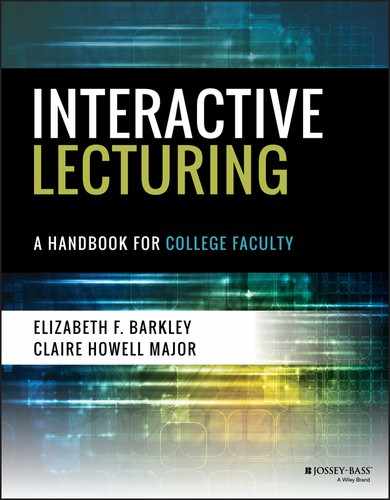ACTIVE LEARNING TECHNIQUE 9
Advance Organizers
| Complexity involved in | |
| Planning | MODERATE |
| Developing Materials | MODERATE |
| Implementing in Class | LOW |
Description and Purpose
An Advance Organizer is a tool that can help professors introduce a topic and provide students with a structure for viewing information they are about to learn. When using an Advance Organizer, the professor presents students with an organizational structure before formal instruction. Students fill in the structure while learning new information.
Advance Organizers help professors introduce a new topic. Moreover, they serve as a conceptual bridge between old and new information. They also help to establish a task and orient the learner to it by providing organizational clues that guide learners as they complete a visual map or diagram, highlighting relationships between ideas. Using Advance Organizers is a scaffolding technique that provides visual support to learners and helps them to categorize, infer, summarize, compare and contrast, and evaluate. Advance Organizers provide a structure for student thinking by previewing important connections among facts, concepts, or ideas. Advance Organizers also draw student attention to the most important information.
Preparation
- Choose an Advance Organizer that is compatible with the content you intend to convey.
- Expository organizers describe the content that is to come, for example, through a rubric or definition.
- Narrative organizers lead into the information through an article, story, or work of art.
- Graphic organizers provide a structure for the information, such as through a table or chart. Graphic organizers are the most commonly used Advance Organizer and can visually depict expository and narrative information.
- Determine how you will present the organizer to the student, whether through a handout or an online format.
Because they are the most frequently used Advance Organizers, example graphic organizers are shown in Figures 17.1 to 17.8.
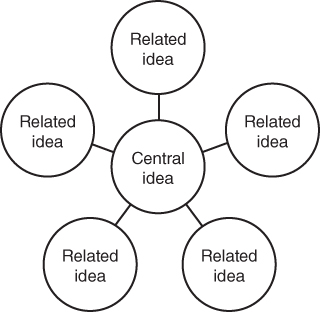
Figure 17.1 Semantic Map
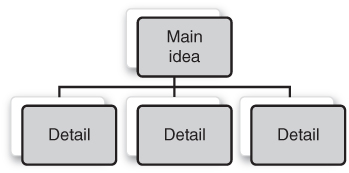
Figure 17.2 Main Idea and Detail Chart
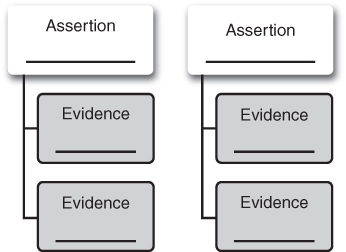
Figure 17.3 Assertion and Evidence Organizer
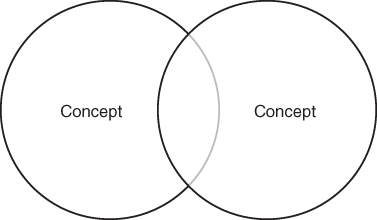
Figure 17.4 Venn Diagram

Figure 17.5 Sequence Chain
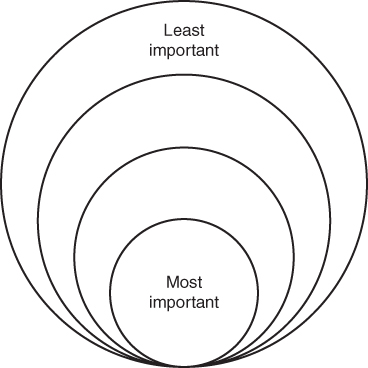
Figure 17.6 Zone of Relevance
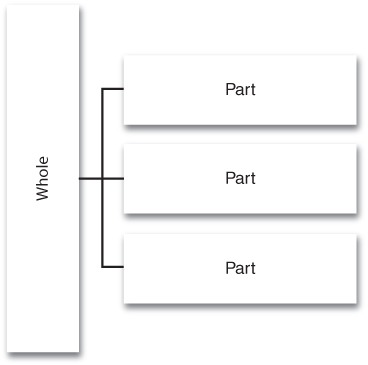
Figure 17.7 Brace Map
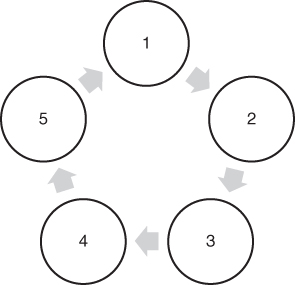
Figure 17.8 Cycle of Events
Procedures
- Explain the purpose of the Advance Organizer.
- Share the template you have selected with students.
- Ask students to fill in missing content during your lecture.
- Ask students to submit the organizer to you for review.
| Video Lecture | Large Lecture |
| Determine whether students will be able to fill in the organizer online or will have to print, handwrite, and upload their results. Post your organizer and ask students to submit it as an assignment or a quiz, as appropriate. | If you have a very large class, printing the organizers can become time-consuming and costly. You can distribute them electronically prior to class and ask students to bring their own. |
Examples
Freshman Composition (Lecture)
In this introductory writing course, the professor wanted students to know the basic structure of the five-paragraph essay. Later in the semester, the class would experiment with the writing form, but the professor believed that every student should understand that a well-developed essay often has several paragraphs and that each paragraph has support sentences as well as details and examples. He developed an Advance Organizer that he gave to students at the start of the class session. Then he walked students through a five-paragraph essay on the topic of the use of social media for college student learning.
Once he felt that students had a good understanding of the basic structure, he gave students a blank template and asked them to jot in ideas for their own essays as a prewriting activity (see Figure 17.9).
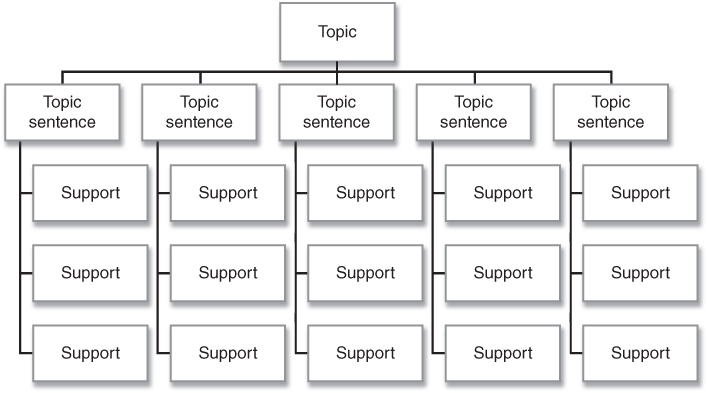
Figure 17.9 Blank Template for Prewriting Activity
After they had developed drafts of their essays, he asked them to compare the template to their papers to ensure that they had topic sentences and support sentences for each paragraph. By using the organizer template, he believed that students had more well-developed essays than they might otherwise have written.
Biology (Large Lecture)
In this large lecture section, the professor decided to move from full-class transmission lectures to interactive lecturing. He used a range of strategies, but he found one in particular to be effective in promoting student learning and metacognition: Advance Organizers.
Prior to each lecture presentation, he provided students with a graphic organizer. He used several existing structures, for example, a semantic map for characterizing organelles and a Venn diagram for illustrating the overlap between plant and animal cells. He found that he could not always easily adapt existing graphic organizers to his content, so he had to create new ones. For example, he created the following grid:
| DNA | mRNA | tRNA | |
| Abbreviation | |||
| Makeup | |||
| Job |
Planet, Stars, Galaxies, and the Universe (Video Lecture)
As part of this blended astronomy course, the professor was teaching an introductory unit on the foundational physics of astronomy. The next module in the unit was about the phases of the moon, which would be followed by a module on eclipses. He knew that students often had difficulty remembering the different phases of the moon, and that many could not articulate what the moon looks like to the naked eye during the various phases.
He decided to use an Advance Organizer. He felt that depicting the phases of the moon as a cycle would help them understand his lecture about the phases more than having them simply memorize what the different phases look like, so he uploaded the cycle organizer as a word processing document (see Figure 17.10).
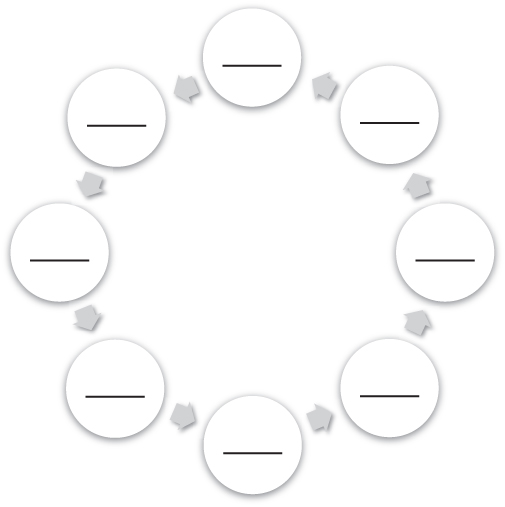
Figure 17.10 Cycle Organizer Example
In his video lecture, the professor described the different phases of the moon, using a different slide for each phase and displaying Figure 17.11 at the end.
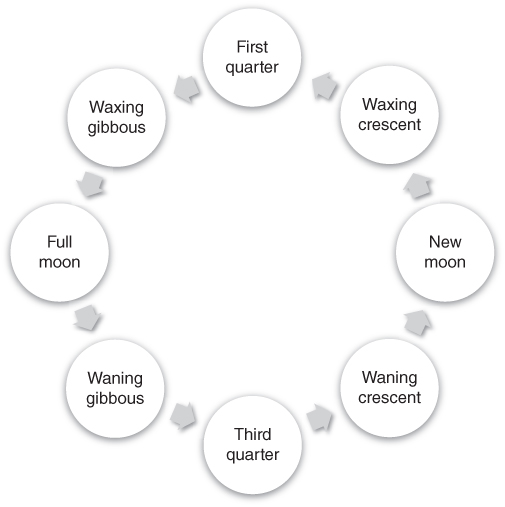
Figure 17.11 Cycle Organizer Example Filled In
In class, he put students into groups and asked them to shade in the different circles to show the different phases as he lectured through the content.
Variations and Extensions
- Ask students to complete their organizers pre- and post-instruction.
- Use an Advance Organizer as a form for ALT 13: Guided Notes.
- Ask students to complete their work in pairs or small groups.
- If students have completed work such as reading prior to the session in a way that would sufficiently inform their thinking, consider asking them to create their own Advance Organizers.
- Use Advance Organizers as a technique to assess students' prior knowledge, knowledge gaps, and misconceptions prior to a lecture. Simply ask students to complete the organizers and review them ahead of the lecture session so that you can refute misconceptions or supply missing information as needed.
Observations and Advice
Advance Organizers help students understand the subject of study because they assist thinking. Students take an active role in learning through processing and reorganizing information. Filling in missing information on an organized structure provides students with an opportunity to learn from their own mistakes.
Advance Organizers can be particularly effective when combined with collaborative learning instructional strategies because they can provide students, who often lack a framework, with support. They can also provide the group a specific task to complete.
If a student can connect prior knowledge with what was learned and identify relationships between those ideas, they are actively learning. If students are novices in the field or discipline or likely to be unfamiliar with the graphic organizer, consider modeling its use and providing students with opportunities for guided practice. Using a digital medium to distribute the organizers can save time and resources that printing and paper require, and it can allow for easy revising and updating.
Key References and Resources
- Ausubel, D. P. (1963). The psychology of meaningful verbal learning. New York, NY: Grune & Stratton.
- Barkley, E. F., Major, C. H., & Cross, K. P. (2014). Collaborative learning techniques: A resource for college faculty (2nd ed.). San Francisco, CA: Jossey-Bass.
- Chen, B., Hirumi, A., & Zhang, N. J. (2007). Investigating the use of advance organizers as an instructional strategy for web-based distance education. Quarterly Review of Distance Education, 8(3), 223–231.
- Major, C. H., Harris, M., & Zakrajsek, T. (2015). Teaching for learning: 101 techniques to put students on the path to success. New York, NY: Routledge.
